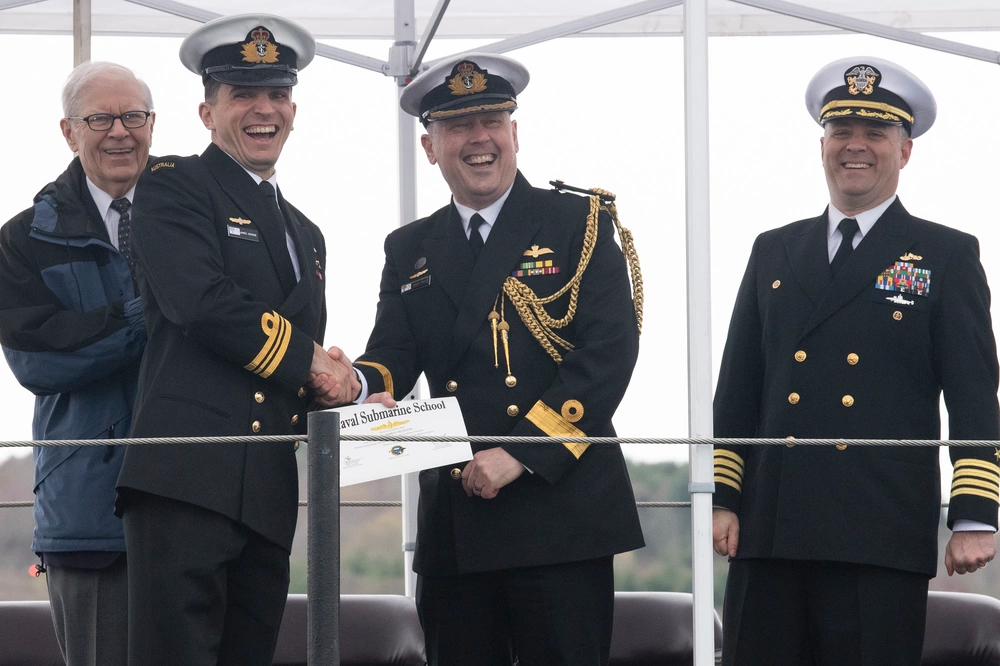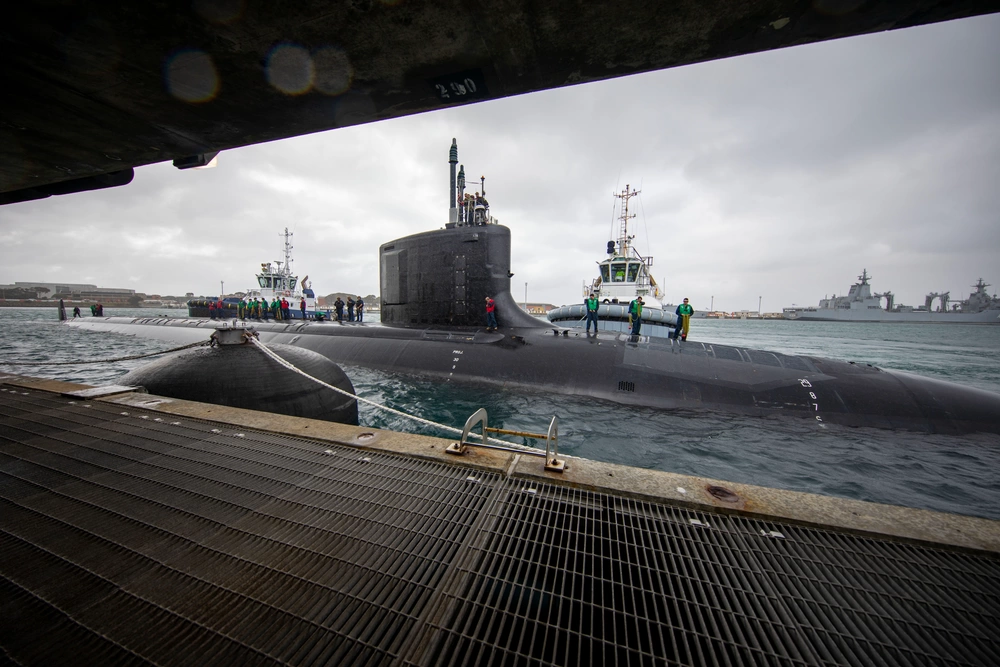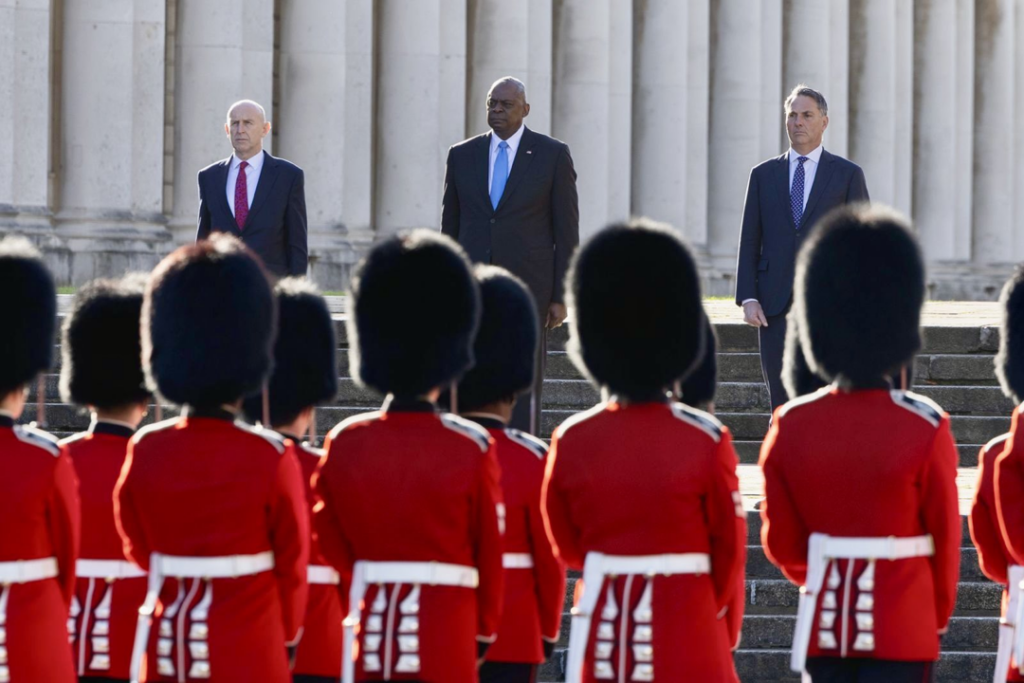AUKUS Leaders Meet in London; Announce Implementation Progress and Next Steps
At the end of September, London hosted an AUKUS summit for the very first time, bringing together UK Defence Secretary John Healey, US Secretary of Defense Lloyd Austin, and Australian Minister of Defence Richard Marles.

One major announcement from the AUKUS leaders was that progress is being made on the training of Australian sailors in operating nuclear submarines and reactors. Six Royal Australian Navy (RAN) Officers are currently building up expertise by serving aboard US Navy (USN) Virginia-class submarines, and 3 RAN Officers are serving on British Astute-class subs. Enlisted RAN sailors are also expected to begin service on US submarines by the end of 2024. Currently, 60 members of the Royal Australian Navy (RAN) are undergoing training in the US with 100 more set to begin courses next year. Meanwhile, British Royal Navy (RN) Engineers are conducting nuclear reactor training for 250 Australians in Canberra.

Beyond the military, Australian workers are being provided with training by Pearl Harbor Naval Shipyard and Australian personnel are being embedded with Rolls-Royce Submarines and US Naval Nuclear Propulsion Program teams. Australia has also committed AUD 250 million ($170 million USD) towards undergraduate STEM scholarships which will ensure Australia has the workforce it needs to succeed as a nuclear submarine power. On top of this, 70 graduate students have been sent to British, American and Australian Universities to undertake nuclear studies. According to US Secretary of Defense Lloyd Austin:
“This was just the first step toward ensuring that Australia has a sovereign nuclear-powered submarine capability. We’re also making progress toward having a rotational presence of U.S. submarines by as early as 2027.”
Another major announcement that came from the UK and Australia was that the partners are negotiating a bilateral treaty to strengthen their cooperation on top of the AUKUS base. According to a British press release, this agreement “will establish the strategic and operational framework for bilateral cooperation under AUKUS with a focus on the core elements of the delivery of SSN-AUKUS”.

Finally, the partners spoke of the continuing technology partnership under Pillar II of AUKUS, which is now involving negotiations with additional partners like Japan, Canada, and New Zealand. The partners also announced that BAE Systems Sting Ray torpedoes will be approved for US on P-8 Submarine Hunter aircraft which are in service with all three AUKUS states.

